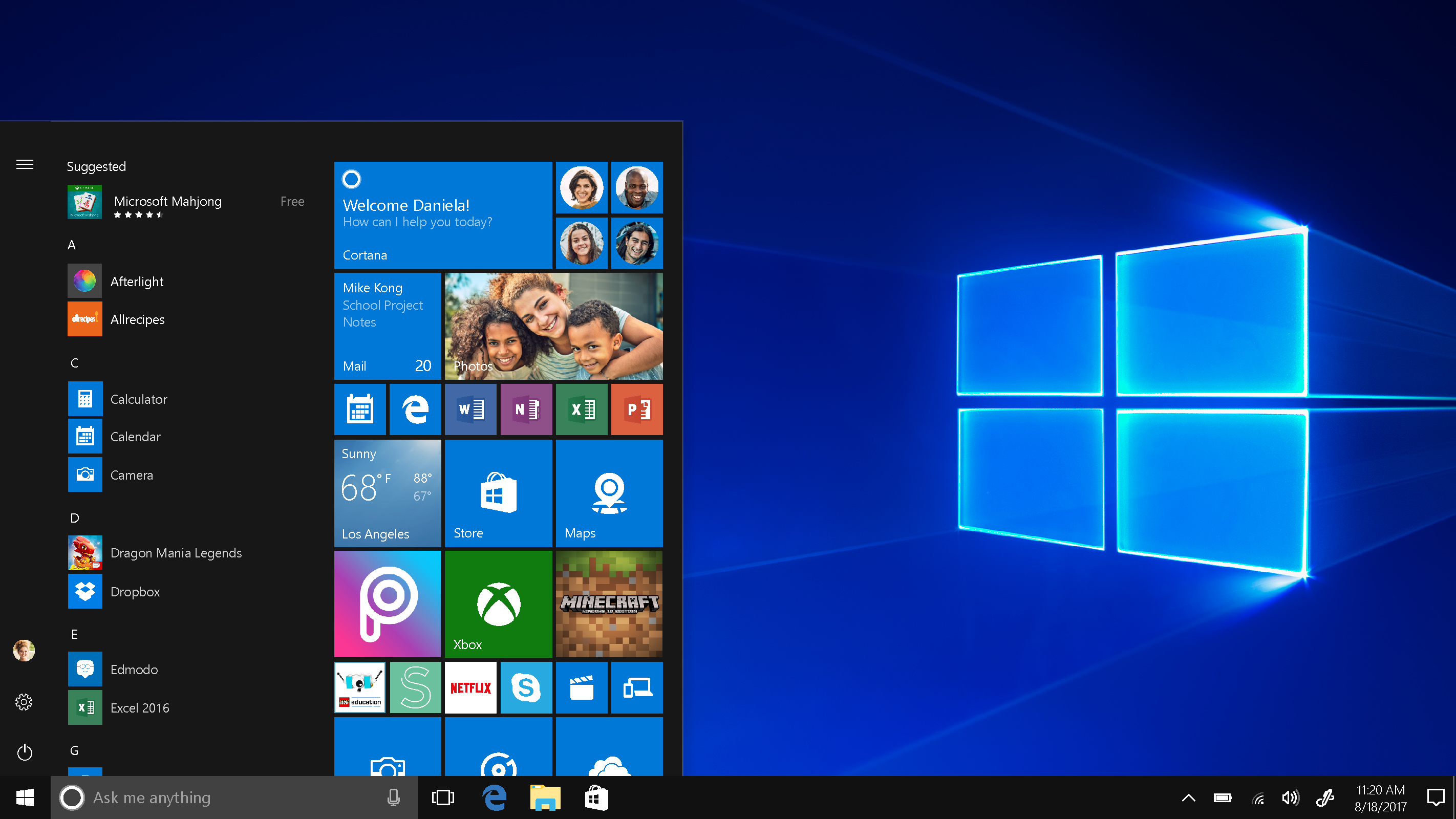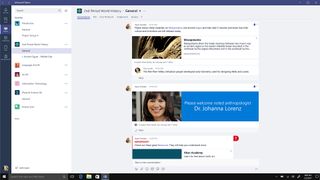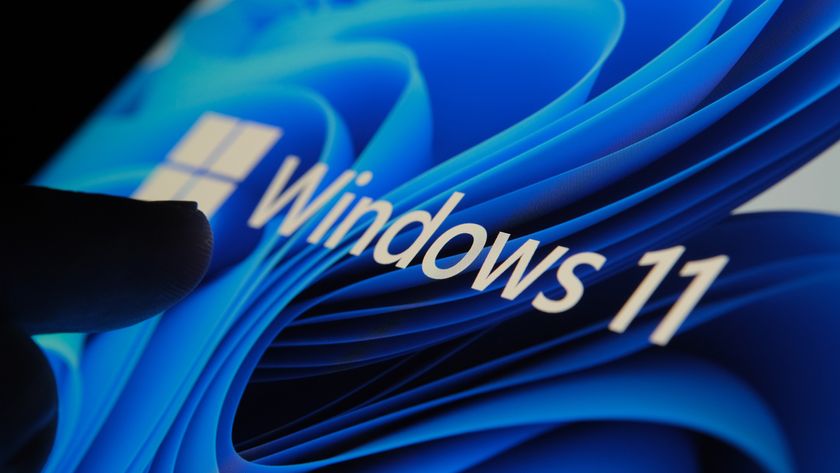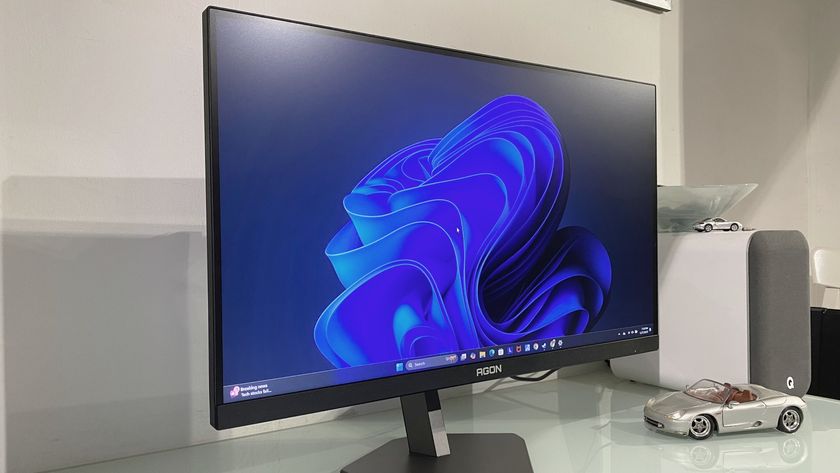Windows 10 S Mode release date, news and features
All we know about Microsoft’s third crack at a lightweight OS

Windows 10 S Mode has, since May 2017, carved out its own little corner of the computing landscape. Sure, it’s a lightweight OS that received a fair bit of criticism when it first came on the market. But this slim edition of Windows 10 operating system also helped boost the operating system to being installed over 825 million times.
There is a time and place for Windows 10 S Mode. It’s particularly useful in the Education sector where a certain amount of control and limitation is needed. Windows 10 S Mode is more protected than other iterations of the operating system. It can also run quickly on budget devices. Even as a lightweight OS, it benefits from the regular updates Microsoft publishes. With the Windows 10 May 2019 Update, Windows 10 S Mode received useful storage space tools, the ability to natively play Xbox One games, as well as features like “Light Mode.”
Because of the OS’s success, Microsoft is apparently expanding its products of lightweight operating systems with the rumored Windows Lite with the hope of taking some of the best Chromebooks’ thunder. Since it didn’t show at last year’s Microsoft’s October 2 event, it’s anyone’s guess of when Windows Lite will show.
Is Windows 10 S Mode for you? It really depends on what your needs are. Read on to see our thoughts on this lightweight OS, all it can do, and whether it meets your needs.
Cut to the chase
- What is it? Windows 10 without x86 and x64 apps
- When is it out? Available now
- What will it cost? Free to all schools using Windows 10 Pro

Windows 10 S release date
Windows 10 S Mode was originally unveiled on May 2, 2017. Fast forward to 2019 and Windows 10 S is as big as ever, with devices using it still filling the shelves and making such lower spec Windows 10 devices more flexible now than ever before.
Ultimately, there will be a UI toggle to let Windows 10 users switch in and out of S Mode (this was not available at the original time of this writing). Sadly, switching out of the Windows 10 S Mode is currently a one-way street and permanent. However, if you need more than what this light OS can offer, you can get out of S Mode easier than you might think – just go to the Windows Store and search for “switch out of S Mode”.
Currently, to get Windows 10 S mode, it’s required to have the qualifying devices which are already enabled in S mode. You can also reach out to your computer manufacturer to see if you can get it installed on a new device you are buying.
Get daily insight, inspiration and deals in your inbox
Sign up for breaking news, reviews, opinion, top tech deals, and more.
Windows 10 S is not for individual sale, but it is issued to IT administrators in education as well as laptops found in stores and online. It’s no coincidence that Windows 10 S is focused on the education sector, where Google’s Chromebooks are having unprecedented success and popularity.Windows 10 S mode is free for users. Microsoft subsidizes the cost of the OS to hardware manufacturers, assuming they’re not getting Windows 10 S for free. Basically, as a user, you don’t really pay for Windows 10 S Mode. Instead, you’re paying for the hardware running it.
You can find devices running Windows 10 S Mode starting at just $189 (about £146, AU$251) and cap out around $299 (about £239, AU$396) – with the exception of premium devices like the original Surface Laptop, of course. PC makers across the board – including Dell, HP, Asus, Acer and Lenovo – all have Windows 10 S Mode-powered devices in their stables.
However, now that Windows 10 S Mode is a thing, it’s a toggle that won’t cost you extra. Both Windows 10 Home and Pro S Mode users are able to go to the Windows Store and opt out of S Mode. Though bear in mind that the conversion only works one way – out of S Mode. Currently, at least.
There might be a switch in the settings app of a future build that will let users go back and forth. So far, however, opting out of it is permanent.

Windows 10 S price
Windows 10 S is not available for individual sale, but it is issued to IT administrators in education along with laptops found in stores and online. It’s no coincidence that Windows 10 S is centered on the education sector, where Google’s Chromebooks are having extraordinary success and popularity. Windows 10 S Mode is free for users. Microsoft subsidizes the cost of the OS to hardware manufacturers, assuming they’re not getting Windows 10 S for free. Basically, as a user, you don’t really pay for Windows 10 S Mode. Instead, you’re paying for the hardware running it.
You can find products running Windows 10 S Mode beginning at just $189 (about £146, AU$251) and max out around $299 (about £239, AU$396) – with the exception of premium machines like the original Surface Laptop, of course. PC makers across the board – including Dell, HP, Asus, Acer and Lenovo – all have Windows 10 S Mode-powered devices in their portfolios.
However, now that Windows 10 S Mode is a thing, it’s a toggle that doesn’t cost you extra. Both Windows 10 Home and Pro S Mode users can go to the Windows Store and opt out of S Mode. Though keep in mind that the changeover only works one way – out of S Mode. Currently, at least.
There may be a switch in the settings of a future build that might let users go back and forth. So far, however, opting out of it is permanent.

What is Windows 10 S?
Microsoft made Windows 10 S Mode to be the lightweight yet safer version of Windows 10 for lower-powered devices. By lightweight, that also means that in “S Mode,” Windows 10 can only support apps that are downloaded through the Windows Store.
This talk of a version of Windows that will only download Microsoft-approved apps is familiar, isn’t it? Microsoft believes it has realized this approach successfully since the turbulent days of Windows 8 RT and Windows 8 with Bing – both of which attempted to position Microsoft as the sole supplier of apps through curation.
The great thing about this, though, is that it permits for a startup time of less than 5 seconds, as opposed to Windows 10 Pro’s startup time of 30 - 40 seconds. Furthermore, configuration settings (such as Wi-Fi, webcam, etc.) across an entire classroom of students is as painless as inserting a USB stick in each of their laptops.
Windows 10 S Mode competes with Google’s Chrome OS, so Microsoft has, as expected, also positioned it as a more secure PC operating system. However, its resistance to viruses is mostly a side-effect of the inability to install apps not approved by Microsoft, since Windows viruses tend to hide in untrustworthy internet downloads.
Should you come across a must-have app that isn't obtainable in the Microsoft Store in Windows 10 S, you can switch from Windows 10 S to Windows 10 Home or Pro simply by going to the Windows Store and searching for “switch out of S Mode”. Microsoft used to charge a fee for this service, but now it’s free.
Microsoft will also allow users who upgrade to Windows 10 Pro to move back down to Windows 10 S. And now, Microsoft is supposedly working on a Windows 10 Lean Mode, which should be even more lightweight and locked down.
Oddly enough, the spiffy new Surface Laptop 2 now ships with Windows 10 Home, not in S Mode like the previous model.
That said, what exactly should you expect to see included in products running Windows 10 S mode? Well, the Edge browser, OneNote and Windows Ink are all givens. The standard Movies and Groove Music apps, as well as Maps, Mail and Calendar, are clear choices as well.
Of course, we won’t see x86/x64 program support on a Windows 10 cloud operating system until sometime in 2019 when Polaris is expected to come out and implement a ‘virtualization container’ for each of your favorite legacy applications. This means that, yes, should everything work according to plan, there will be a Windows 10 cloud OS that can emulate the .exe’s of the past.
Notwithstanding its limitations, Windows 10 S Mode still offers File Explorer. And, while quite a few of the laptops that come with the lightweight OS pre-installed may ship with smaller capacity SSDs, Microsoft’s upcoming introduction of OneDrive Files On-Demand will allow users to access files stored in the cloud and view them just like you would locally stored content.
We know that a lot of people still have questions regarding the practicality of Windows 10 S mode. Hopefully, we have answered a few of your questions, and helped you decide whether or not it’s the right operating system for you.
Joe Osborne is the Senior Technology Editor at Insider Inc. His role is to leads the technology coverage team for the Business Insider Shopping team, facilitating expert reviews, comprehensive buying guides, snap deals news and more. Previously, Joe was TechRadar's US computing editor, leading reviews of everything from gaming PCs to internal components and accessories. In his spare time, Joe is a renowned Dungeons and Dragons dungeon master – and arguably the nicest man in tech.



